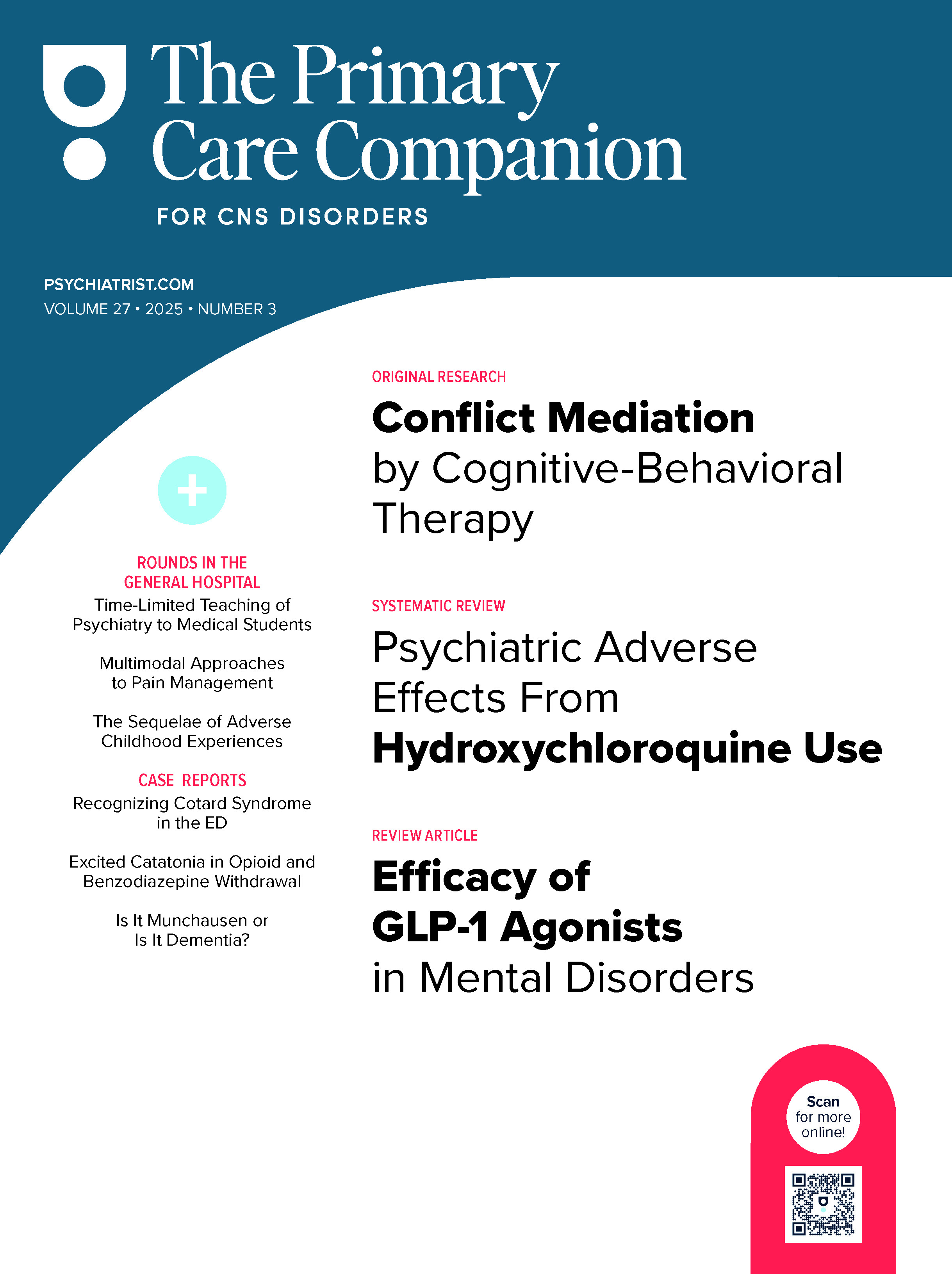Background: Despite increasingpsychotropic drug prescriptions worldwide, little is known about utilization of these medications in the general population in Israel. We examined psychotropic drug use in the general population of Israel and the patterns of use among individuals with different DSM-IV diagnoses of 12-month mental disorders.
Method: A representative sample was derived from the National Population Register of noninstitutionalized residents aged 21 and older. Face-to-face interviews were conducted from May 2003 to April 2004. Individuals wereasked about any psychotropic drug use in the past 12 months. DSM-IV disorders were assessed using a revised version of the World Health Organization’s Composite International Diagnostic Interview.
Results: Psychotropicdrug utilization was observed in 6.9% of the general population and in 19.6% of individuals with any 12-month psychiatric disorder. The extent of use varied according to sociodemographic variables and the specific DSM-IV diagnostic categories. Among individuals with a 12-month diagnosis of pure major depression, only 13.6% received any antidepressants within the same period; exclusive use of antidepressants was 5.7%, while 3.3% of the individuals used only anxiolytics.
Conclusion: Similar to findings in other European countries, our findings suggest that the majority of individuals diagnosed with a common mental disorder are not being treated with psychotropic drugs or are being inappropriately treated.
This PDF is free for all visitors!




